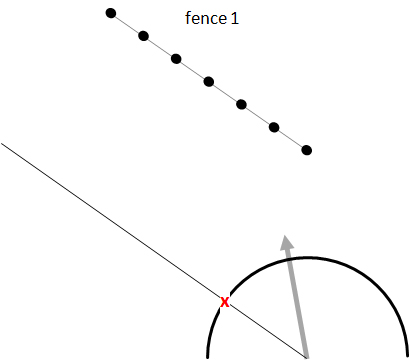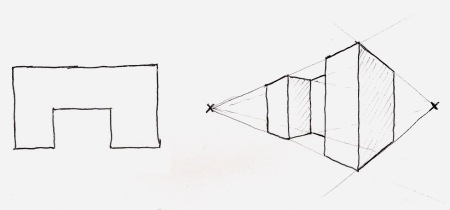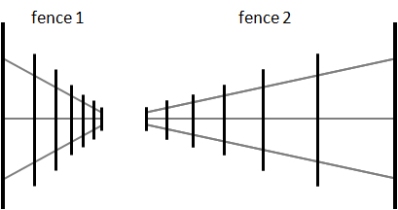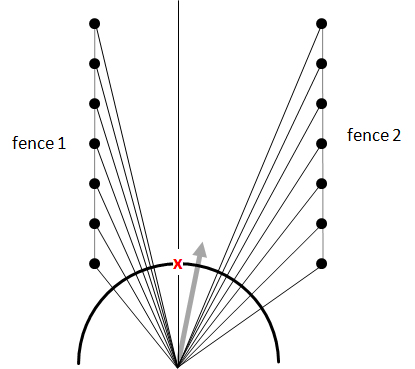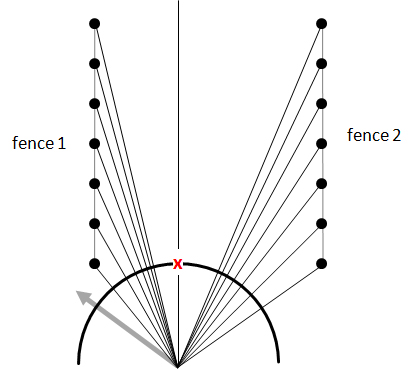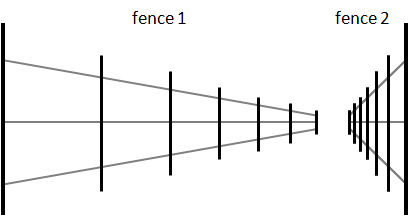Hello reader!
My first semester as a high school teacher is just about over, and I find myself with a little space to think about ethics again. The question currently on my mind concerns the wishes of the dead. Specifically, why fulfill the wishes of those who have died, given that they are no longer present, and therefore unaware of what’s happening?
In short, can a consequentialist ethical system, such as my own consensual utilitarianism, defend the fulfillment of dead people’s wishes?
I think it can. First, I hold that the fulfillment of a dead person’s wishes can only influence those who are still alive. There is no compelling evidence for the afterlife. On the contrary, the biological evidence suggests that when people die, they don’t go anywhere, they simply die.
Therefore, in order for the granting of a dead person’s wishes to be morally compelling, these wishes must stand to benefit those who are still alive. This is often the case. Indeed, one of the most common forms in which people make requests concerning their death is through a legal will, which specifies how a person’s estate is to be distributed among family and friends. It is obvious that this distribution of goods is likely to benefit the recipients, making it morally compelling to carry it out.
(Exceptions may, of course, occur. If the consequences of a person’s will cause more harm than good, then the case for carrying it out is greatly diminished.)
But there is an argument for granting a dead person’s wishes even when there are no material goods to be given. This occurs any time a dying person deliberately formulates her requests to benefit others. For instance, someone might ask that his busy wife take a few days off work each year to visit one of their favorite vacation spots. Or someone might ask that his good friend occasionally visit the coffee shop they spent so much time in, in order to remember and celebrate their friendship. In any of these cases, consensual utilitarianism (and indeed, any consequentialist ethical system), would recommend that the dying person’s wishes be carried out.
But what about situations in which the wishes do not bring any benefit to the living? Should they still be respected? And if so, why? For instance, what if a dying person asks that his plot of undeveloped land not be sold or used, even though the relatives who will become owners of the land live far away and will essentially never see it?
It is very difficult to make a case that such a wish should be respected. There is one possible defense, though, and this is similar to the general defense against behaviors like lying. While it may occasionally be morally permissible to lie, lying in general should be avoided because it breaks down the foundation of trust upon which all other moral decision making is built. In a similar fashion, there is a systemic argument in favor of obeying dead people’s wishes. If such wishes were routinely denied, people would not be quite as happy, especially near death, because they would not trust their family and friends to do as they asked. In this case, the argument involves the happiness of the people who die, rather than those who live on.
This argument is not a particularly strong one, though. If a person’s final wishes really do involve harm, or merely prevent good from being done, then it may be more morally compelling to disobey these wishes for the sake of concrete good that will come from doing so, rather than obeying them out of a more abstract concern for the well-being of future wish-makers.
The big lesson from all of this, I think, is that we should not make selfish wishes. If, instead, we formulate our wishes to benefit the living, then we are giving a lasting gift, namely the opportunity to increase the well being of our family and friends after we are gone.
If, however, we formulate wishes that have a selfish purpose (to ensure that no one forgets us, perhaps, or to ensure that something we owned is not given away), then we are not leaving the world in a better state after our death, and it is hard to argue that such wishes should be respected.



 Posted by Keith
Posted by Keith 
:fill(FFCC00,1)/about/GettyImages-117453174-57b7779e3df78c8763c694cd.jpg)

